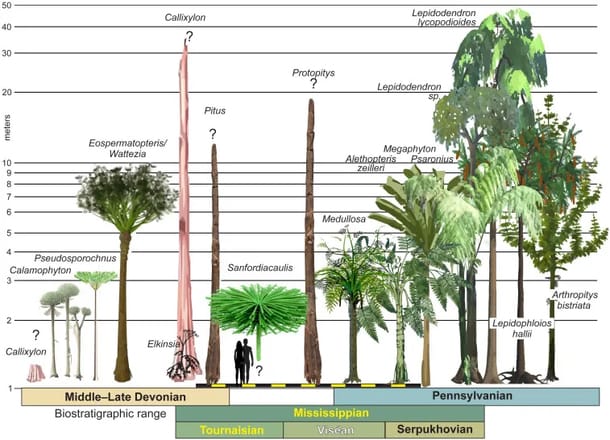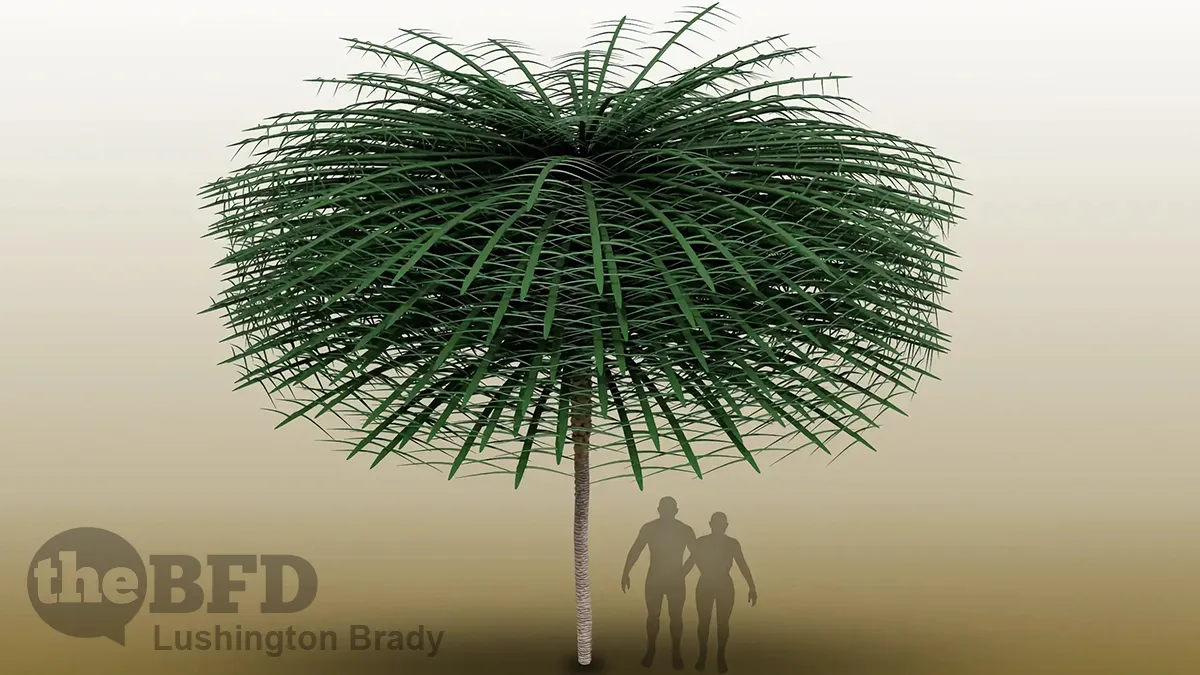Despite the flurry of silly commentary this statement will inevitably provoke, the fact of evolution is beyond reasonable dispute. That organisms have evolved over time, and continue to do so today, is one of the most well-attested facts in science. How they evolve remains the subject of lively scientific debate. Still the well-ahead winner is Charles Darwin’s original theory of natural selection, with modern genetics providing the mechanism for natural selection that Darwin lacked.
Questions still remain, though (and science without questions would be utterly dull). Does evolution happen by slow drift over deep time, as is generally supposed? Or does it proceed in fits and starts, so-called “punctuated equilibrium”? There’s certainly strong evidence of huge bursts of evolutionary activity, with the Cambrian Explosion being the best known. In that remarkable era, nature experimented with all manner of weird and wonderful lifeforms, most of which have no living counterparts today, and some of which were truly bizarre.
But the Cambrian Explosion was a marine phenomenon: the dry land remained barren and lifeless. But, once life reached the land, yet more evolutionary experimentation took place, especially among those early conquerors of the land: plants. One abandoned evolutionary tryout, recently discovered, was a bizarre tree that looked like something out of a Dr Seuss story.

Researchers recently discovered fossils of a prehistoric tree “unlike any of those that live at the present” in New Brunswick, Canada.
This ancient, alien-like tree was given the name Sanfordiacaulis densifolia in a new study published in the scientific journal Current Biology.
Two co-authors of the study, Olivia King and Matthew Stimson, unearthed the first Sanfordiacaulis densifolia fossil in a New Brunswick quarry in 2017, and in the years since, scientists have discovered four more. One of the specimens in particular is so well-preserved that experts have been able to reconstruct what the tree once looked like.
Apparently: very weird, indeed.
With a long, narrow trunk and a crown of leaves that may have been up to 18 feet in diameter, Sanfordiacaulis densifolia was so top-heavy it likely had to intertwine its branches with other nearby trees to stay upright. It grew below the canopy of taller trees surrounding it and stretched so wide in order to soak up as much sunlight filtering through the leaves above as possible.
“When my co-authors and I began to reconstruct the tree based on the specimens collected in Sanford quarry, the only analog we could think of was an oversized toilet or bottle brush,” the study’s lead author, Robert Gastaldo of Colby College, told All That’s Interesting via email.
“If you were to hold a bottle brush with the bristles up, increase the diameter of the stick to only six inches or so, and lengthen the scale of each bristle to where their ends extended nearly nine feet in each direction around it, that’s a good approximation of how strange and unique Sanfordiacaulis is.”
King likewise noted that it looked like “one of those truffula trees from The Lorax.”
The tree is estimated to have had more than 250 leaves, which may not sound much except that each leaf was around two metres long. That crown of leaves was compressed into less than one metre at the top of its three-metre trunk.
The spectacular preservation seen in the fossils is due to an earthquake that occurred about 350 million years ago. The quake caused the bank on which the plants stood to collapse into a lake, and the trees were immediately covered in mud and silt. Because of this rapid preservation while the foliage was still alive, the Sanfordiacaulis densifolia fossils are uniquely three-dimensional.
Sanfordiacaulis densifolia is interesting in many more ways. It’s one of the earliest occurrences of a smaller tree growing beneath a taller forest canopy. It also indicates that the Carboniferous period, 350 million years ago, was a much more evolutionary complex time than previously thought – a time when evolution experimented with various plant forms, as it had with the wondrous zoology of the Cambrian.
Most of what researchers know about this transitionary period in Earth’s history comes from fossil plants which had grown in wetlands along coastal zones. As a result, Gastaldo said, many of these plants have “a familiar look to them.”
But because Sanfordiacaulis grew away from the coast, on the ancient continent’s interior soils, it is far more unique than previous plant fossils.
The professor added that the discovery shows researchers just how many different “unimagined and evolutionary experiments” there were in the history of the evolution of trees.
All That’s Interesting









